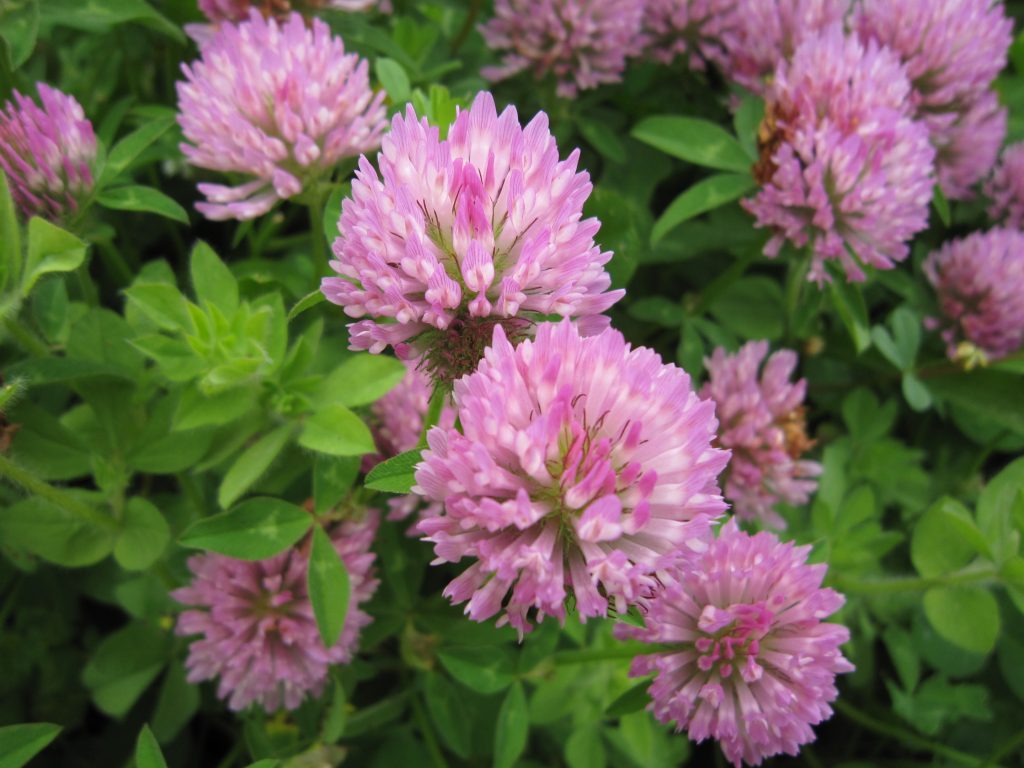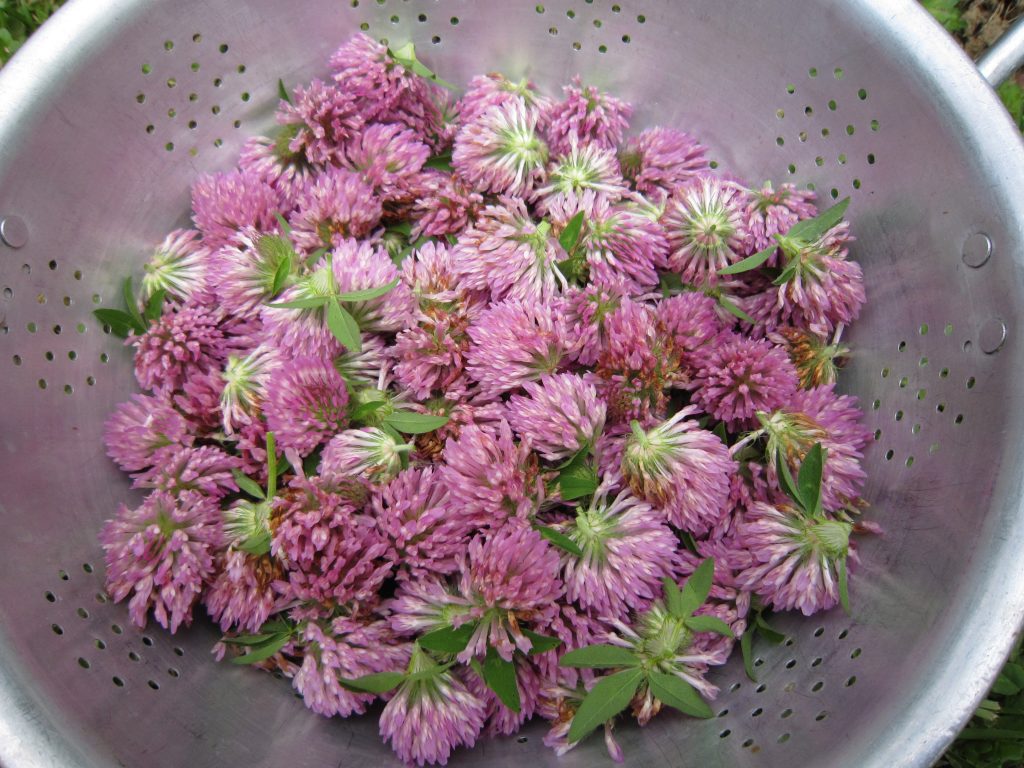Every fortnight as I write my plant blog I experience it as a little journey. First there’s the resistance to the work, then the slow drawn out beginning where I’m still in resistance mode then the buckling down. Then comes the pleasure of immersion in remembering, gathering and sharing information. This fortnightly blog discusses red clover and it’s virtues. I got sidetracked looking at the statistics for cancer treatments, herbal or medical and it got me to thinking. One of the sites I looked at recommended to walk bare-footed on the bare earth. And you know there is a lot to be said for just that and all that comes with it. I remembered when I was a child, you only wore shoes to school or if going “out” somewhere special. You experienced so much through the soles of your feet. You stepped out boldly onto the rough grass, the un-expected prickles, the possiblity of bee-stings, the toe-stubbing stones, the hot sand or footpaths, the cold puddles, the deliciously squidgey mud and so on. There was so much sensation, pleasure or pain to be experienced through your feet. Then as we grew we covered our feet and in a way we disconnected from our natural selves, the child, the primitive. Not surprisingly those who are on a journey to heal themselves of cancer or other chronic illnesses will often find the need to reconnect and heal the child within. Becoming re-acqainted with the familiar plants and weeds of our childhoods is undoubtedly another way of reconnection with the earth and our natural selves. For more details read the full post.?

Red clover growing wild in our gardens here at Naturally by Trisha,
Family; Fabaceae or Leguminosae
Common Names; red clover, purple clover, meadow clover, common clover, cow clover, beebread, marl grass, trefoil.
Description; red clover is a low growing bi-ennial or perennial that has several stems arising from the same root. The stems are somewhat hairy and can vary in length reaching to 50cms long. The leaves are composed of three oval leaflets that are toothed and alternate. The smooth leaves are marked with a prominent white V in the centre. The globular or ovoid shaped flower heads are pink to purple in colour and 1.5 to 3cms in length. The heads are made up of a cluster of between 20 to 40 tubular sweetly fragrant florets.
Parts used; flowers and leaves.
Preparations; fresh flowers/compress, tinctures/extracts, ointments/balms, homeopathic remedies, cough syrup, douche, eye-wash, tea/tisane, capsules/tablets, herbal combinations.
Habitat; red clover is found throughout Europe, central and northern Asia, North America, Australia and New Zealand. It is thought to have originated in Britain and has naturalised easily throughout the world from its introduction as a feed for grazing/pasture animals. Red clover prefers a well-drained loamy soil, rich in phosphorus and potassium. It thrives in open pastures, fields and roadsides.
Traditional and Historical uses; in chronic skin conditions like eczema and psoriasis, skin inflammations and ulcers. For cancer the mother tincture was used as a compress on the tumour. Respiratory ailments such as whooping cough, asthma, bronchitis, dry coughs and as an expectorant. For rheumatism and arthritis, as a diuretic, liver cleanser, blood purifier and to improve poor circulation. In a monograph published by Dr Jonathan Hartwell it was noted that thirty three cultures have been found to use the herb to treat cancer. As an aside it was noted in surveying the results of the plant screening program begun in 1960 by the Cancer Chemotherapy National Services Centre that the occurrence of anti-cancer activity was found to be higher in plants reported in folk literature than plants chosen at random.
Therapeutic actions; diuretic, expectorant, tonic, sedative, anti-cancer, anti-inflammatory, anti-oxidant, alterative, antiscrofulous, anti-spasmodic, nervine, aperient, detergent, mild stimulant, blood-purifying (depurative).
Constituents; minerals; calcium, chromium, magnesium, niacin, phosphorus, potassium, thiamine. Vitamin C. Isoflavones; biochanin A, formononnetin, daidzein & genestein ( anti-cancer compounds that prevents new blood vessels from forming within a tumour), pratensein, trifoside. Flavonoides; pectolinarin, trifoliin. Volatile oils. Clovamides. L-Dopa-Caffeic acid conjugates. Coumarins; coumarin, medicagol, coumestrol.
Medical uses; there is a lot of conflicting research regarding the use of red clover. Because of the high content of isoflavones found in?red clover (which have oestrogen-like effects), researchers believe this plant could be of use in menopause, to reduce hot-flushes and bone-density loss. Red clover isoflavones have also been associated with an increase in “good cholesterol”, more flexible and stronger arteries, and blood thinning. These are all potential benefits for heart and arterial health. Because of red clovers traditional use in treating some cancers, some research has been done on the isoflavone constituent. Again this is ignoring the synergistic activities of our plant healers alone or in combination.
Current Herbal uses. Externally; red clover poultices on tumours and ulcers. Salves and ointments for eczema, rashes, sores, psoriasis and other chronic skin conditions. As a douche for treating vaginal itching. Internally; Red clover tea from fresh flowers taken daily is used for treating different cancers as part of a wider treatment. Eczema, psoriasis, respiratory complaints such as bronchitis, whooping cough, dry coughs, asthma, chronic degenerative diseases and gout. As a diuretic, for stimulating the bladder and kidneys, the liver and the immune system. During menopause for symptoms such as hot flushes. Prostate enlargement.
Gardening applications;commonly grown as a livestock fodder crop in pasture and as a green manure crop. Red clover, like other leguminous plants has specialised root nodules which fix nitrogen into the soil, increasing soil fertility.
Food uses; the young leaves and flowers can be used fresh in salads, soups and as a pot herb. The sprouted seeds are also used, in moderation.
Contra-indications; it is not recommended that those using anti-cancer drugs should also use red clover as red clover will often work in opposition to these drugs, because of the phyto-estrogenic compounds. It is recommended by the medical profession that those using blood thinnning drugs should not use red clover supplements, as this plant could intensify the effects of the drugs.
Naturally by Trisha products containing red clover ; Solar-X, Forever face cream, Everyday Balm.

gathering clover to make tincture
Where can I buy the raw product in new zealand. I want red clover and herb robert.